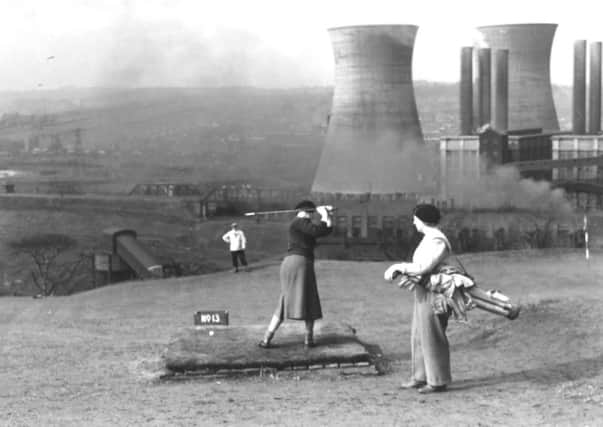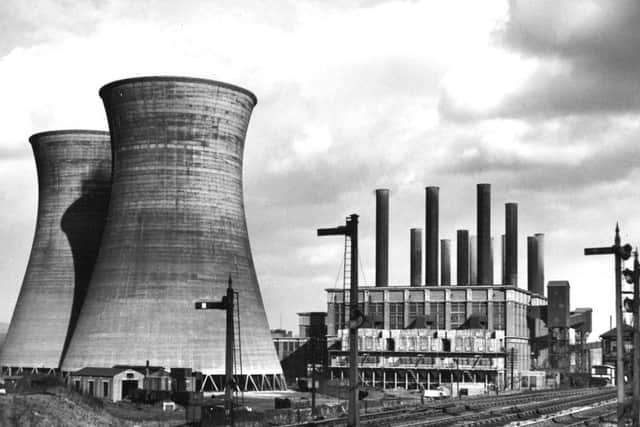Leeds nostalgia: Power play in Kirkstall


It had two cooling towers which were put up in 1931. The power station was situated on the banks of the River Aire but had its own wharfe for coal deliveries on the Leeds Liverpool Canal.
It was liked and loathed, probably not in equal measure because while it may have provided jobs and prestige for the area, housewives would regularly complain about “showers of ash” raining down as a result of the burning of fuel.
Advertisement
Hide AdAdvertisement
Hide AdThe power station was situated by the River Aire north west of Leeds and had its own wharf for delivery of coal via the Leeds and Liverpool Canal.


By 1948, further extensions to the site had increased its combined generating capacity to around 200 megawatts.
The towers were demolished on Good Friday (April 13), 1979. The two 250ft cooling towers, each of which weighed 2,500 tons, collapsed virtually within their own circumference. Huge crowds turned out to watch the spectacle and pose for pictures.
There was a huge thunderclap and then a great pall of smoke as the first of the huge towers came crashing down.
Advertisement
Hide AdAdvertisement
Hide AdMinutes later the second tower met the same fate, sending smoke billowing into the air over Kirkstall and Headingley.
The wharf used to unload coal is now a Marina for canal and pleasure boats. None of the structure remains, with the majority of the power station site covered by a secure caravan storage depot, golf course and artificial football pitches with the rest of the site now forming part of the Kirkstall Valley Nature Reserve.
If you have pictures or memories of them, let us know.